Chapter 7: DANCING THE DANCE ON
Eve Jackson

Figure 7.1 Dancers from frieze of sanctuary propylaeum, 340 BCE, Samothrace

Figure 7.2 Warrior dance, vase from Walters Art Gallery, Baltimore (from Lawler, The Dance in Ancient Greece)

Figure 7.3 Bull-masked dancers, vase, British Museum (also from Lawler, The Dance in Ancient Greece)
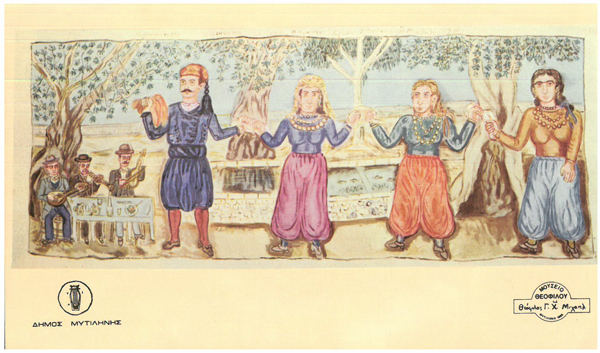
Figure 7.4 Painting by Theophilos (1873–1934), Theophilos Museum, Mytilene

Figure 7.5 Tsakonikos
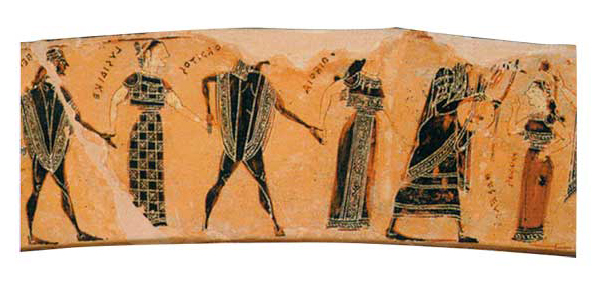
Figure 7.6 “Crane dance,” François vase, sixth century BCE, National Archeology Museum, Florence

Figure 7.7 “Opposed snake” vase, Romania, fifth-millennium BCE (Gimbutas)—the lines correspond to the movement of the dancers in Tsakonikos, some going toward the center, others outward.
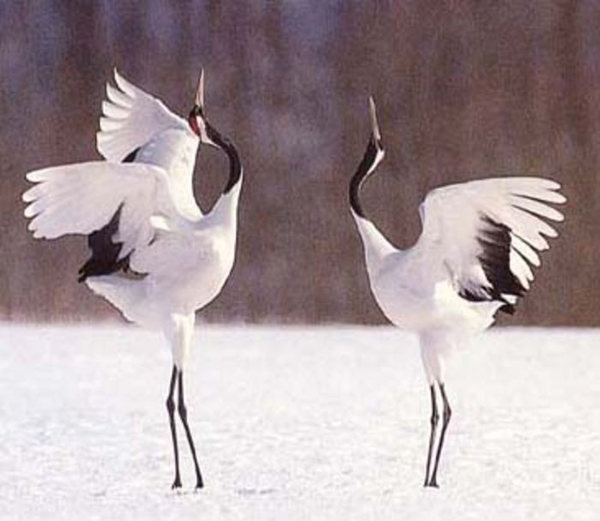
Figure 7.8 Cranes’ mating dance
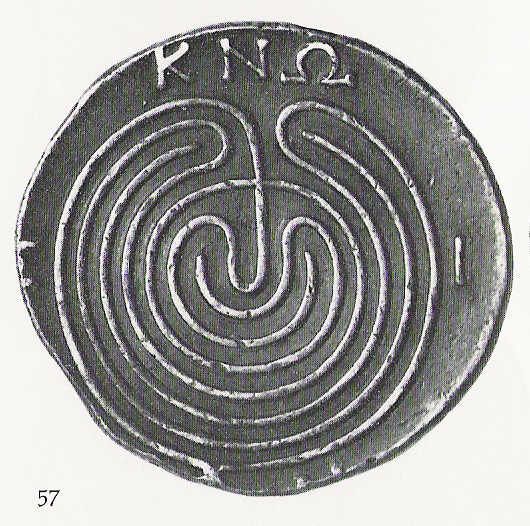
Figure 7.9 Coin from Knossos, second-century BCE (Kerényi, from Labyrinth-Studien)
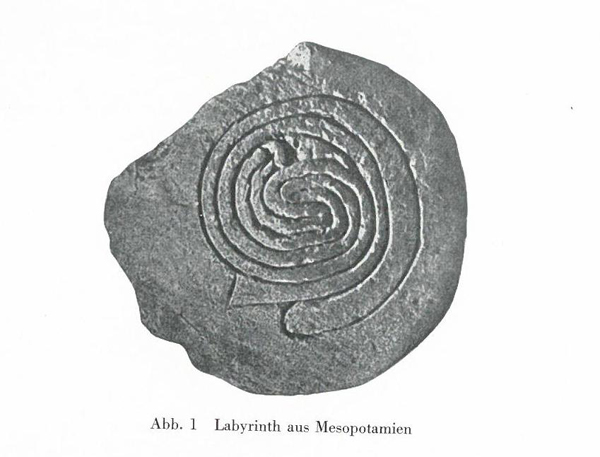
Figure 7.10 Labyrinth from Mesopotamia (Kerényi, from Labyrinth-Studien)
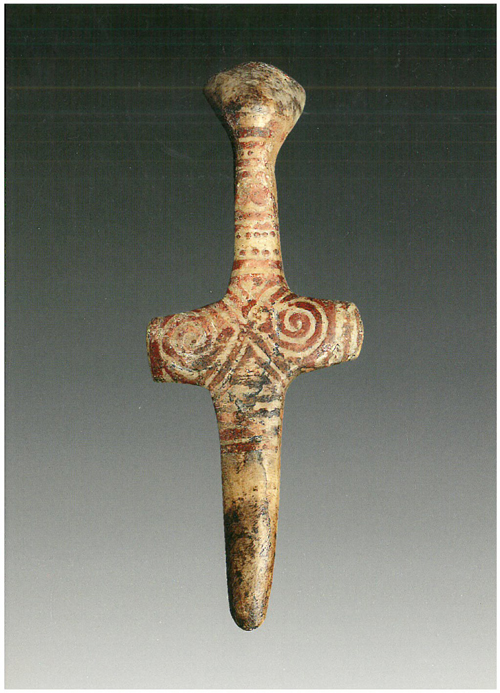
Figure 7.11 Figurine, fifth millennium BCE, Volos Museum (Gimbutas, from The Language of the Goddess)

Figure 7.12 Painting by Ayahuascero, Peru (Narby, from The Cosmic Serpent)
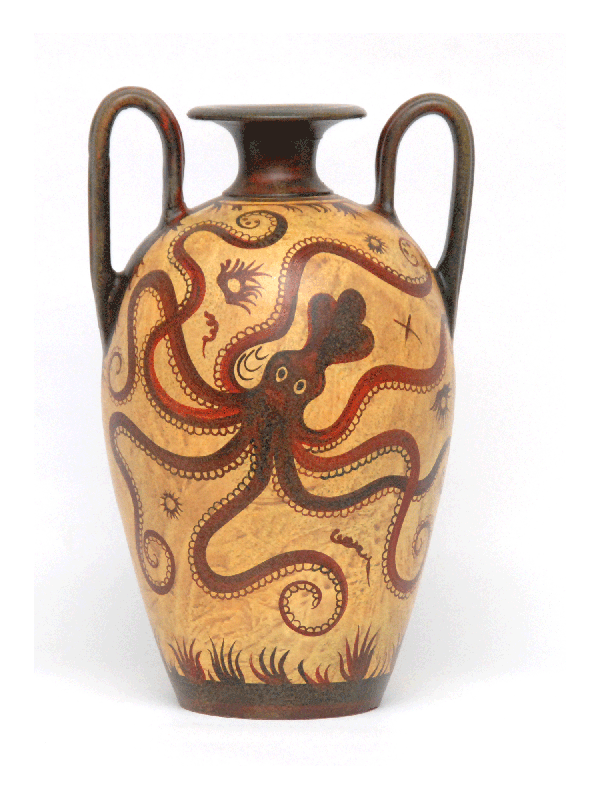
Figure 7.13 Minoan vase with octopus

Figure 7.14 “Prince of the lily” fresco, Knossos

Figure 7.15 Kamares ware bowl

Figure 7.16 Disk of Phaistos

Figure 7.17 Minoan priestess figurine, Knossos

Figure 7.18 Spherical vortex

Figure 7.19 Handkerchief dream image from Jung, “Concerning mandala symbolism,” CW 9i

Figure 7.20 Diagram of maze in Chartres Cathedral
Go back to When the Soul Remembers Itself: Ancient Greece, Modern Psyche